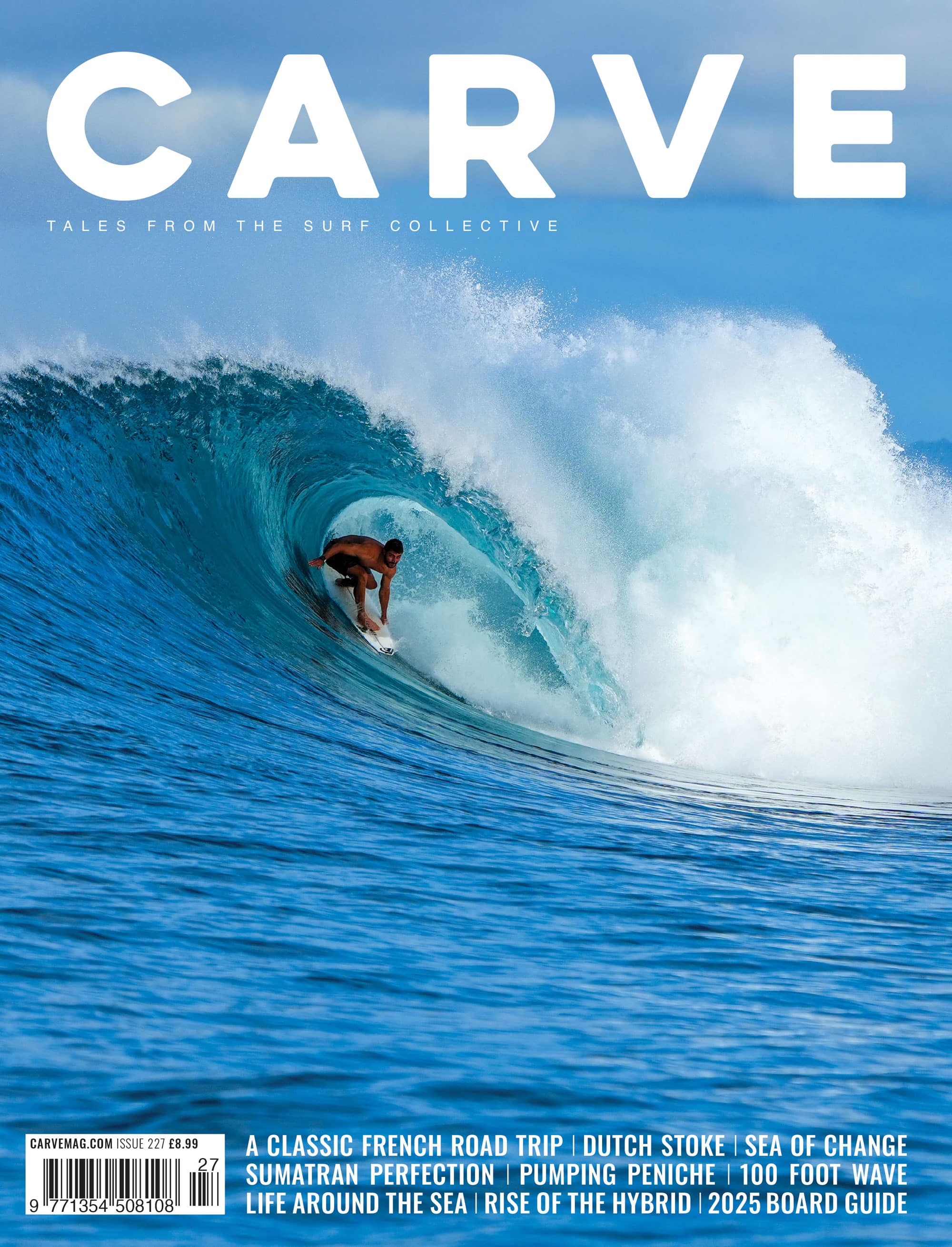Not all of us can consistently get in the sea through the dreaded dark months, but we can do things to stay on top of our fitness. Swimming is the easiest and most popular, but you got to do it right. Top swimming coach and Carve guru Lee Stanbury runs us through it.
If you’ve not been outside for weeks you won’t have noticed winter is fully underway. This means one thing – the swell can and will easily get over comfort zone size, which means many surfers head for a swimming pool to give their surf fitness a boost. Surfing in the winter can be a totally different ball game to summer surfing; the fact that you’re now restricted with movement somewhat and there’s probably going to be a lot more paddling to do is a good enough reason to get some lengths of the pool in.
Front crawl is definitely the best stroke for boosting your surf fitness, however, if your only stroke is breast stroke then that’s better than nothing.
Like all fitness training sessions try starting with a basic warm up
3-4 minutes of light mobility should do, light arm swings and leg swings can warm up your ligaments and tendons.
Once you hit the pool try to start off slowly, build up your speed gradually a good warm up should consist of 8-10 minutes of light swimming.
What’s the best sort of swimming to do for surfing fitness?
A basic swimming program each week can allow you to progress with your fitness all the way through the winter until the spring arrives. A basic plan will allow you to cover all areas and types of aerobic training needed for surfing in the winter.
Low and high range aerobic training is important for overall winter fitness. Anaerobic fitness is also highly important for those days when your duck diving just goes on and on, so follow this basic program of swimming and feel the benefits within just a few weeks.
//routine 1
• Warm up with 6-8 minutes of light swimming slowly getting faster every minute.
• Depending on your ability-Swim 16x25m front crawl with 15-seconds rest at the end of each length.
• The pace of this should be low end aerobic, this should be quite light swimming at about 65-75% effort. If your breathing is light then you are most likely low end aerobic.
• Then swim 16x25m front crawl with a much stronger pace at about 80-85% effort this will then put you up into high end aerobic swimming, your breathing should be high and there should be less than 15-seconds rest between each length.
• For your last set of 16x25m go for the highest output, anaerobic swimming. This is the sort of fitness levels you’e aiming for, a long paddle out, half a dozen duck dives in a row and before you know it you’ll be in this zone.
• Try swimming at just under your max speed, a sprint. Give yourself 30-seconds between each length to recover, you may not be up to 16 but 10 is a good starting block to work from.
//routine 2
• Warm up 6-8 minutes of light swimming slowly getting faster every minute
• Depending on your ability, Swim 16x25m front crawl breathing every 5 strokes, this will mean keeping your head down maybe slightly more than you’re used to. This will also be a form of hypoxic swim training (breath holding) good for those nasty hold-downs.
• Once you have finished your first set of 16x25m then try going on to the next which is 16x25m breathing every 7 strokes. This is much more demanding and you may need to give yourself additional rest after every 25m.
• The final set is straightforward, try sprinting for as long as you can with your head down, this will be tough, and then swim easy to the end of the pool.
• Try this 10 times and as you get fitter just increase the distance.






